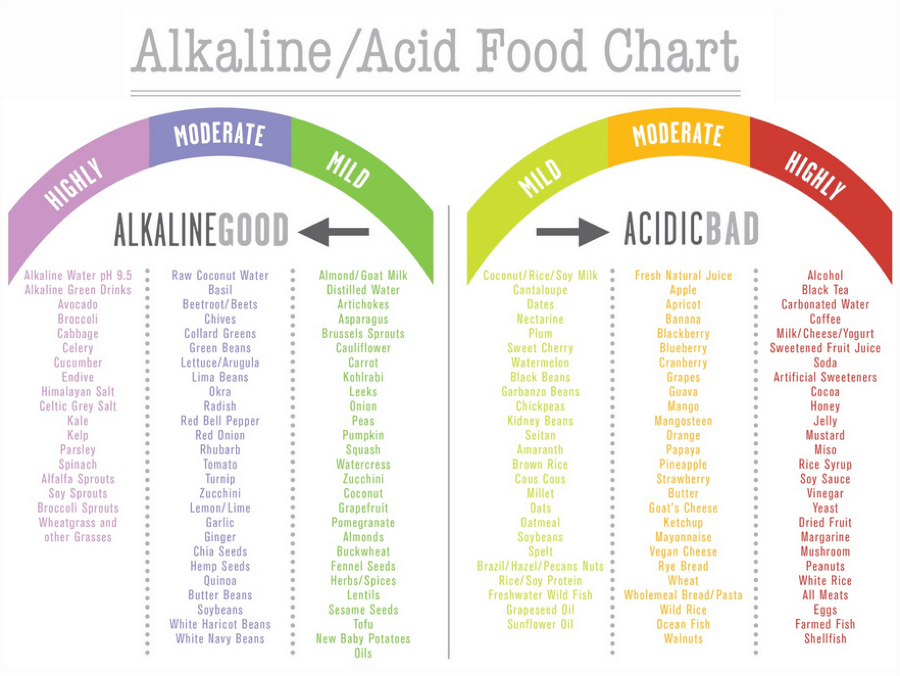
What is Alkaline Protocol Treatment?
Alkaline Protocol Treatment focuses on balancing acid-forming and alkaline-forming foods to support the body’s natural healing. It emphasizes a plant-based diet rich in vegetables and minimizes acid-forming foods like sugar, dairy, and processed grains. This diet not only aids in cancer prevention and recovery but also boosts immune function and overall health.
The goal of an alkaline protocol is to create a balanced ratio between acid-forming and alkaline-forming foods. Both natural healers and medical professionals widely agree that adjusting one’s diet is highly beneficial when facing a cancer diagnosis.
An alkaline diet helps reduce the strain on the body’s acid-detoxification systems by focusing on plant-based foods while avoiding sugar, dairy, wheat, gluten-rich grains, and excessive fruit intake. It emphasizes fresh vegetables, vegetable juices, and cruciferous greens, which work to shift the body’s intracellular pH closer to the ideal blood pH of 7.3-7.41. This shift is key for metabolic health and longevity, regardless of cancer status. The alkaline diet creates an environment less conducive to cancer growth while simultaneously boosting immune function and supporting healthy cells.

How Can I Learn What Foods Are Acidic or Alkaline?
Many people confuse acidic and alkaline foods, as foods like lemons and limes alkalize the body after digestion. These fruits are acidic but produce “alkaline ash” after digestion, raising the body’s pH and supporting alkalinity. This is an important distinction to understand when following an alkaline diet.
To determine if a food is acidic or alkaline, focus on how the body metabolizes it, not just its pH. Lemons may taste acidic but alkalinize the body, while meat, dairy, and processed grains contribute to acidity.
Understanding this distinction can help you make better dietary choices and support your health goals effectively.

How Can I Determine If I Am Alkaline or Acidic?
One effective way to determine your body’s pH balance is by using pH test strips (litmus paper). These strips provide a simple and convenient way to measure your body’s pH levels at home. For accurate results, test your pH in the morning before eating and again two hours after eating. This will give you a clear picture of how your body responds to different foods throughout the day.
A healthy pH level typically falls between 7.0 and 7.4, which is slightly alkaline. If your pH consistently falls below 7.0, it may indicate an acidic environment linked to inflammation, weakened immunity, and other health concerns. On the other hand, maintaining a balanced, slightly alkaline state supports optimal bodily functions, including detoxification, immune system strength, and cellular repair. Regularly testing your pH can help you make adjustments to your diet and lifestyle to promote a healthier, more balanced body. Keep in mind that the pH balance can fluctuate throughout the day, so consider testing over several days for the most accurate assessment.